The Artful Skill of the Broadslide – 1970s Speedway Motorcycle Racing at Irwindale CA
“The balance of a surfer, strength of a good middleweight fighter and raw courage of a bullfighter. That’s Speedway Short Track”
Steve Evans (1970s Irwindale Speedway track announcer)
“Completely without brakes!” was the key phrase repeatedly stressed by Irwindale Raceway announcer Steve Evans as he described the drama of 1970s Speedway motorcycles rocketing around the track. He was the voice of the devil-may-care fantasy of every Los Angeles driver hopelessly locked in the area’s monstrous traffic congestion[1]. The 1970s Arab oil embargo mandated fuel-saving speed limits that rubbed drivers the wrong way. Speedway motorcycle racers Steve Bast from Sherman Oaks, Sonny Nutter from Topanga, Mike Bast from Canyon Country, Bruce Penhall from Balboa, Jeff Sexton from Montclair and others competed at the precarious edge of control on the Southern California short track circuit. The riders were twenty-something heartthrobs with blow dried hair: expensive ethanol (the champagne of fuels) guzzling heroes. They spit columns of dirt into the audience and used their artful skill to balance full-throttle speed with the slingshot friction of the broadslide. The bikes were thin and lightweight, hybrid hardtail frame designs special to the sport: 500cc, single-cylinder, sixty horsepower, one gear transmission machines that made a lot of torque and topped out around 70 miles per hour on a tight ¼ mile, flat oval dirt track. Races were structured into quick four- to six-member team based, four lap, round-robin elimination heat contests. Evans described the heat race team goal to the crowd: “3 points for first place, 2 for second, 1 point for third and 4th place is ZERO….” Emphasis on the Zee-row.
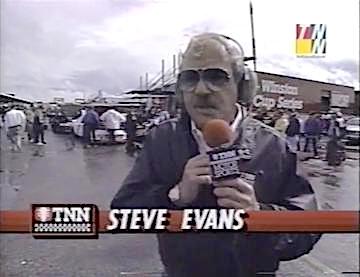
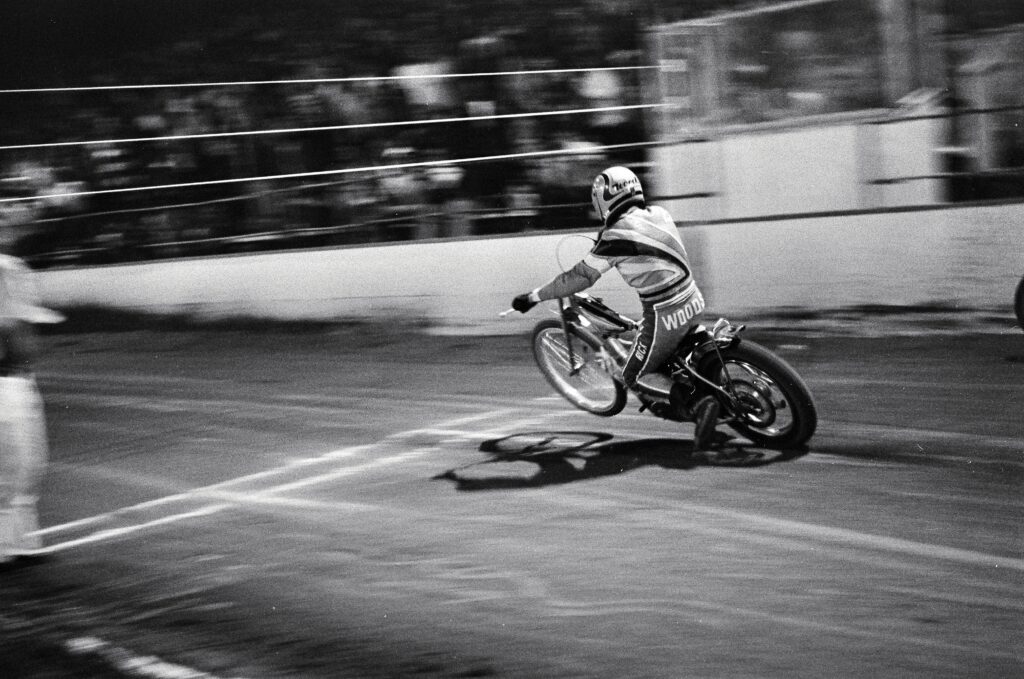
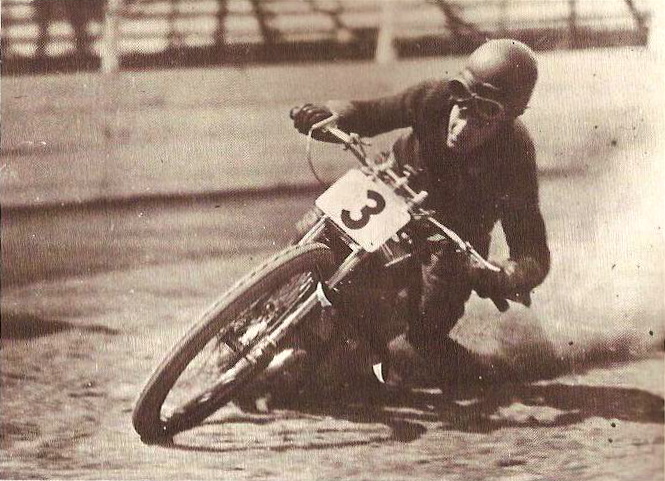
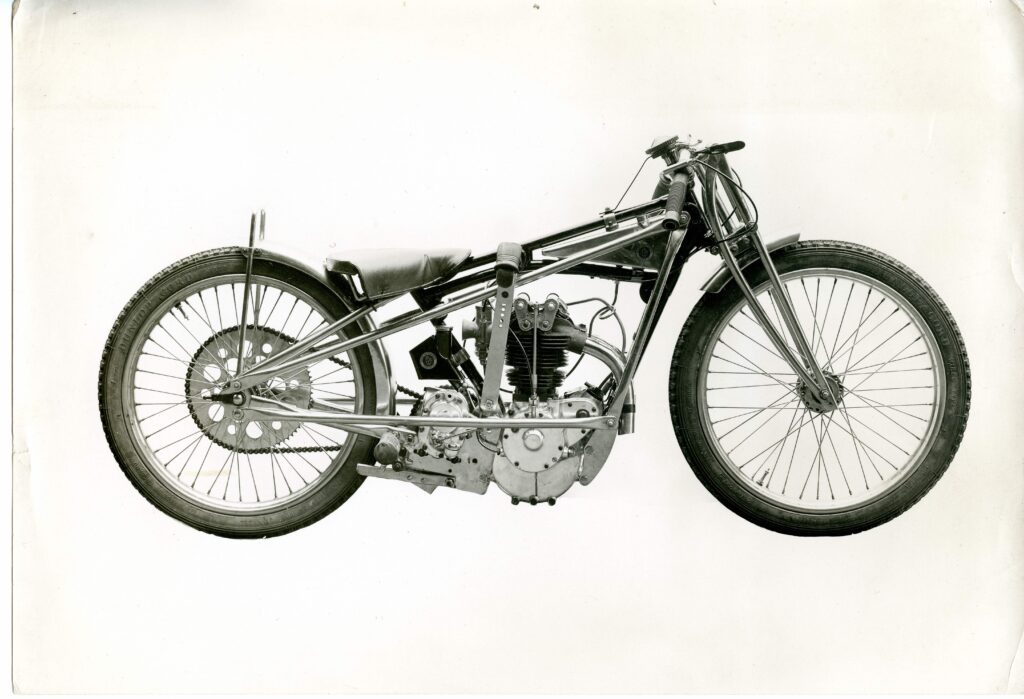
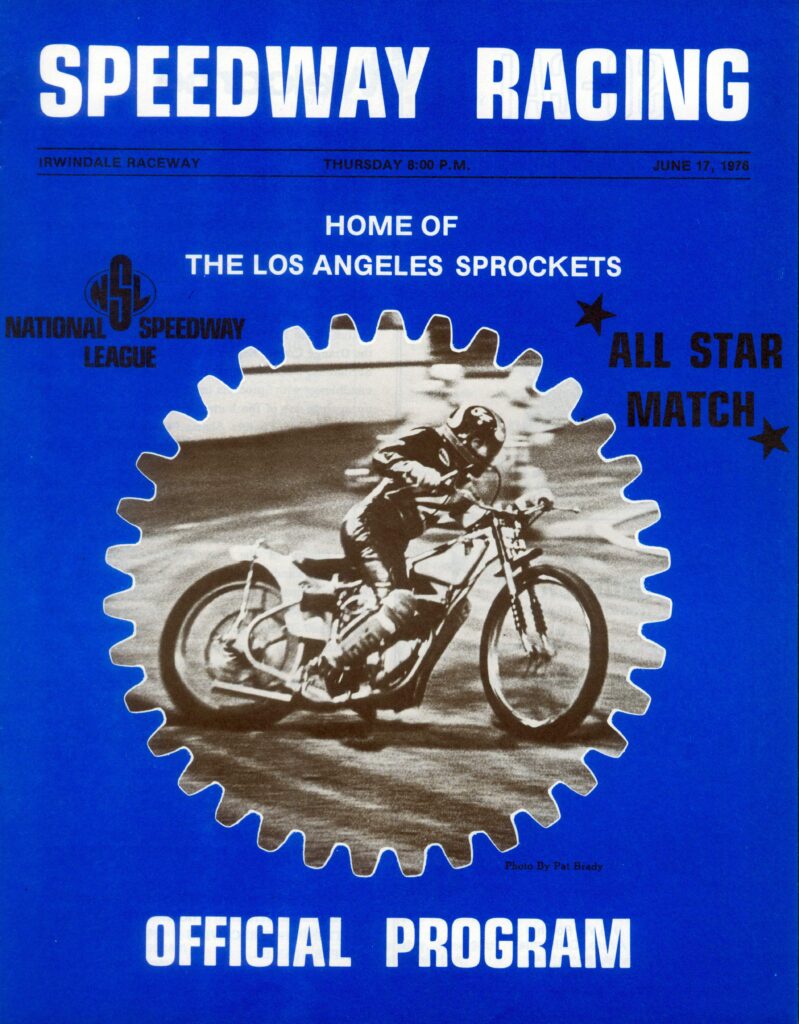
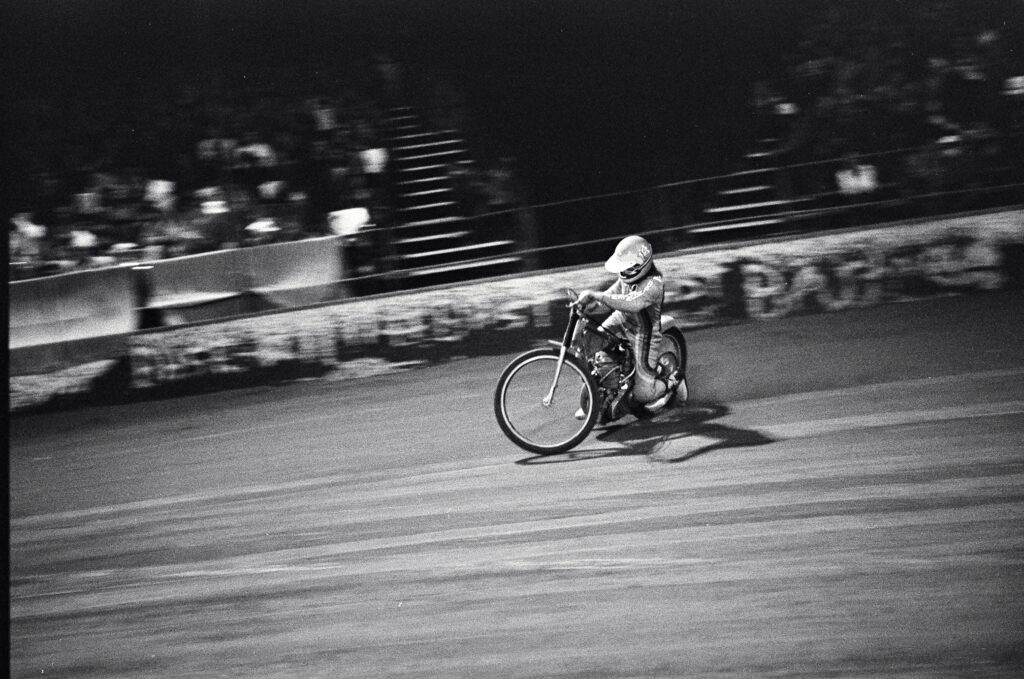
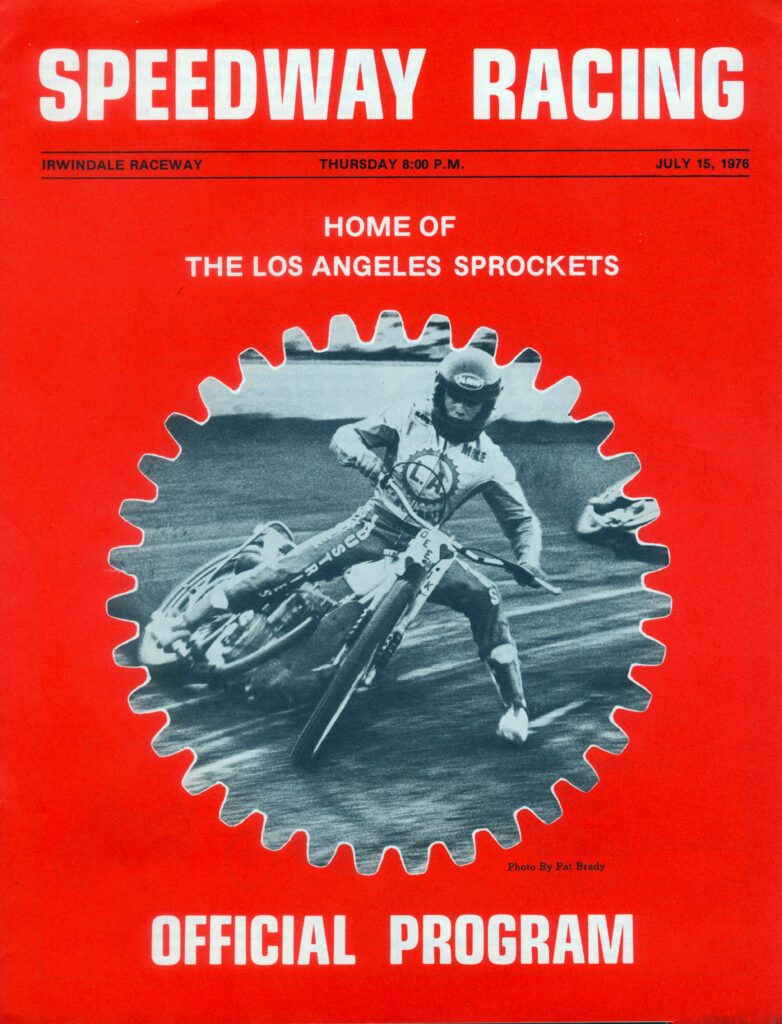
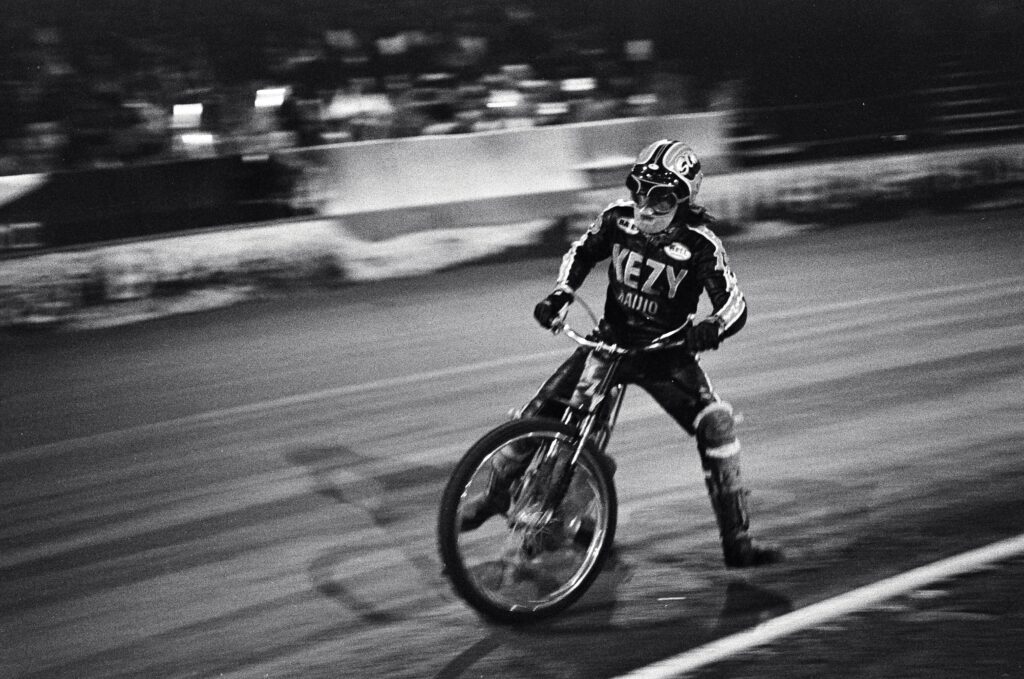
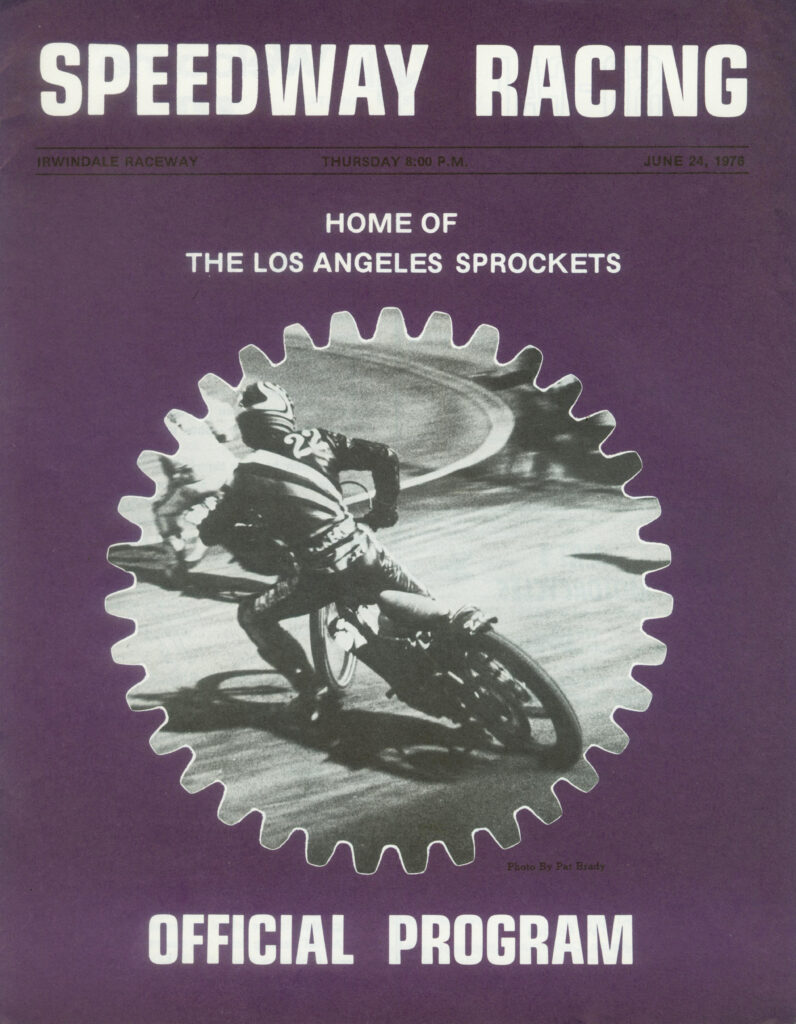
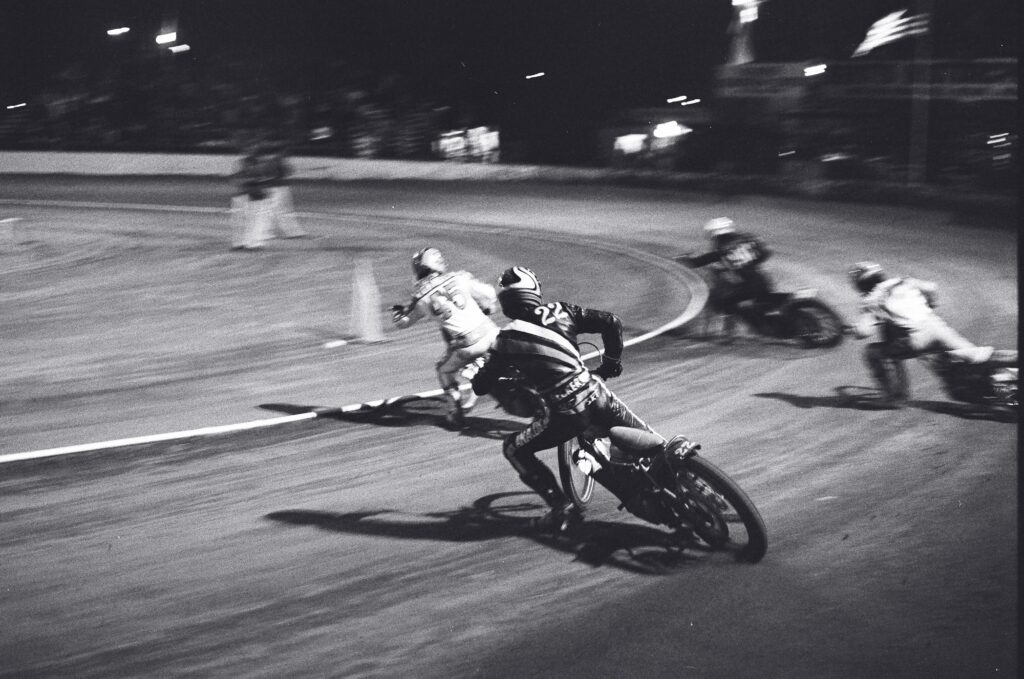
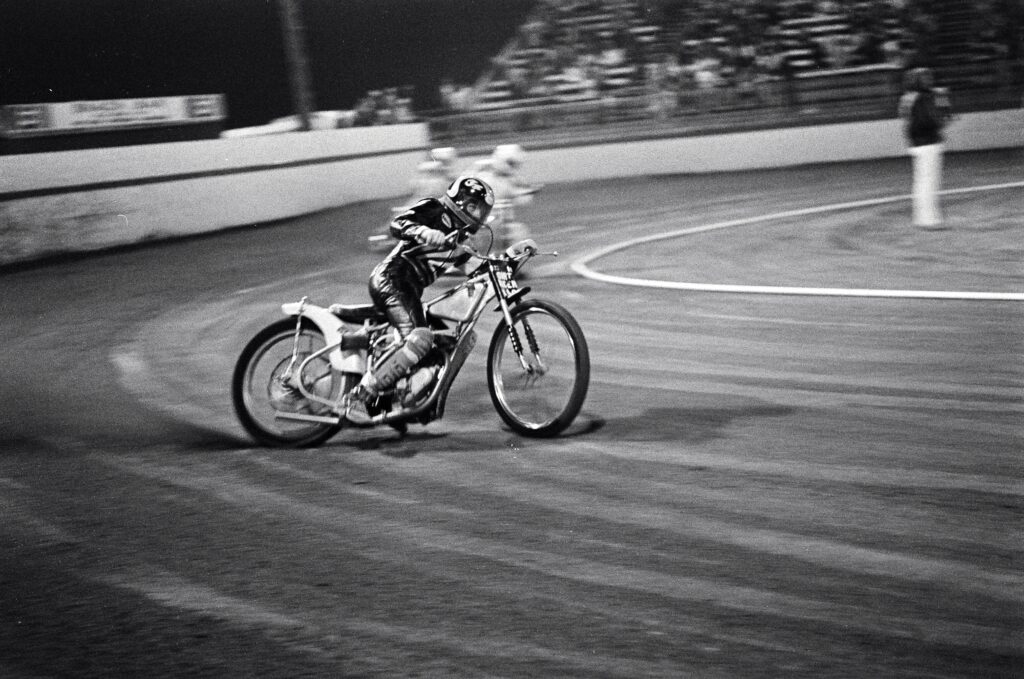
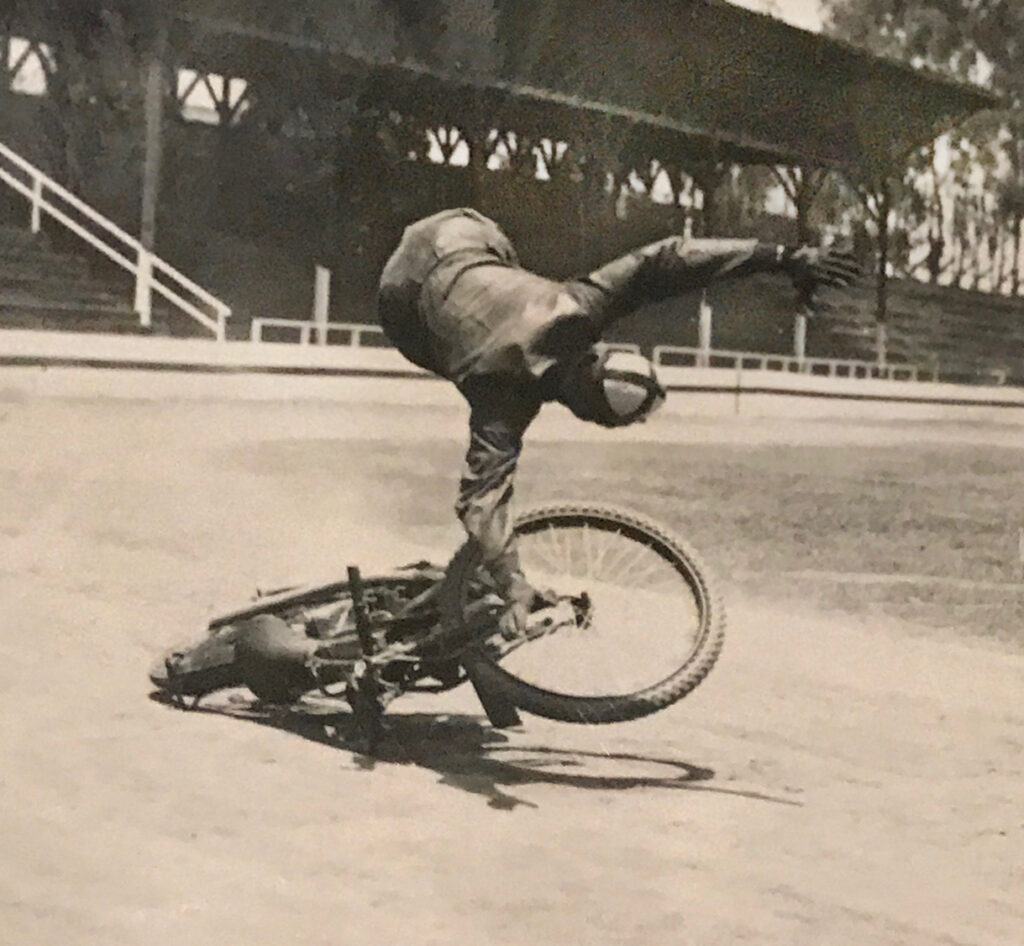
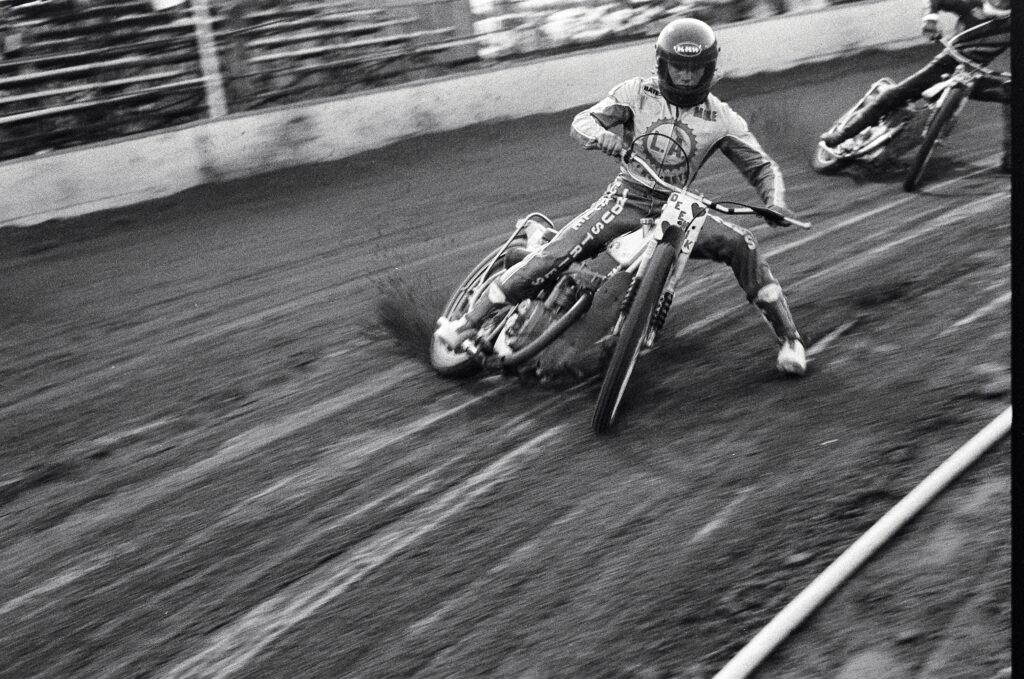
[1] A Historical Perspective on Los Angeles’ Traffic Congestion Fight. Melany Curry, 2020.
“Understanding why traffic congestion matters is… not a matter of documenting real, observable conditions, but rather one of revealing shared cultural understandings.” Asha Weinstein
[2] An in depth article titled: Motorcycle Speedway is available at Wikipedia. Other articles on Speedway history on The Vintagent include:
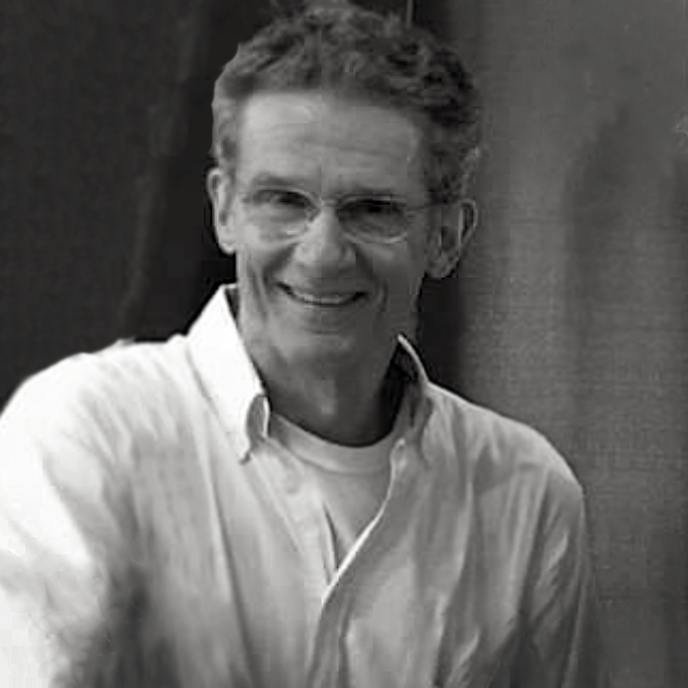

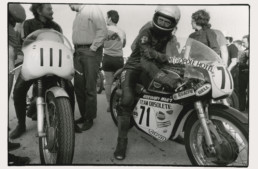
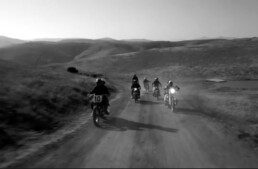
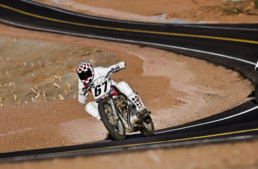
We had some indoor Speedway in Denver fo awhile in the 80’s … not to mention cable tv coverage of European Speedway … kind of ballet on motorcycles
Loved it … miss having it …. sigh …………….
Thanks for this article. I went to Costa Mesa every Friday night during the racing season, and it was an unforgettable experience; the cherry on top was Ascot on Saturday.
Wonderful piece Michael! Love the Pat Brady Photography!
Great article. Much admiration for the shale-shifters!
Who the hell is “three-time world champion Rick Woodsnick?” I was at Irwindale and all the other California speedway tracks throughout the late ’60s, ’70s, and ’80s and I never heard of that guy. Also, Irwindale isn’t Long Beach.
Rick woods was a 3 time national champion 🏆 68 70 72
Exactly. I saw all three of those. But his name was Woods, not “Woodsnick”, and he never even competed in a world final, let alone won one, let alone won three.
Exactly. I saw all three of those. But his name was Woods, not “Woodsnick”, and he never even competed in a world final, let alone won one, let alone won three. Is this McCabe guy trying to be a comedian?